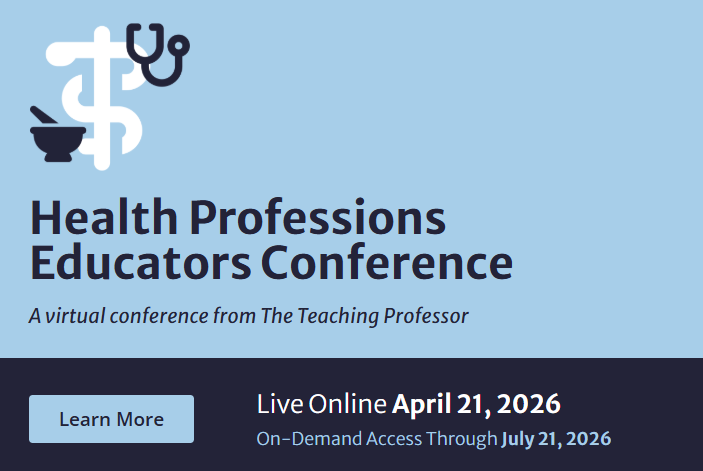Traditionally, when a face-to-face student requested a sign language interpreter or other assistance, individualized accommodation arrangements were made through institutional channels.
With the advent of online courses, however, the concept of accessibility has emerged. In contrast to the reactive, customized approach of accommodation, accessibility means proactively identifying and removing as many barriers to instruction as possible—before a course is ever opened for registration.
While some argue that building in accessibility is prohibitively expensive, recent lawsuits are driving more and more institutions to view accessibility as a requirement rather than a luxury. Unfortunately, making an online course accessible is tough—unless you’re familiar with traditional print techniques.



